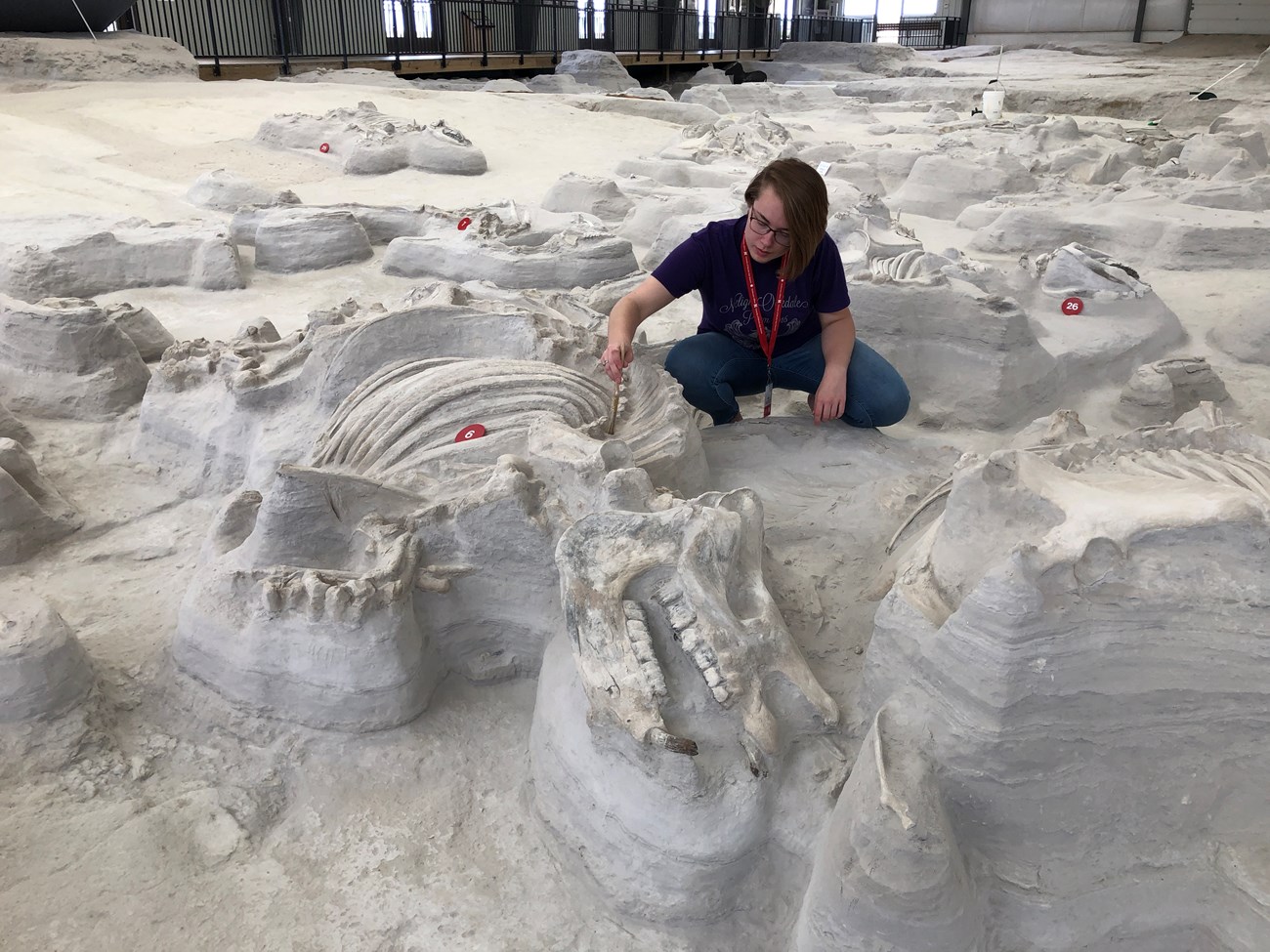Prehistoric rhinoceroses and horses died of volcanic ash inhalation 12 million years ago – their fossils are studied now as an example of natural selection

In the summer of 1971, paleontolo- gist Mike Voorhies and his geologist wife, Jane, were living out of a station wagon parked in a Nebraska cornfield—their latest stop on a road trip to collect information for a geological map. While there, they noticed a deep gully stripped bare by a recent rainstorm.
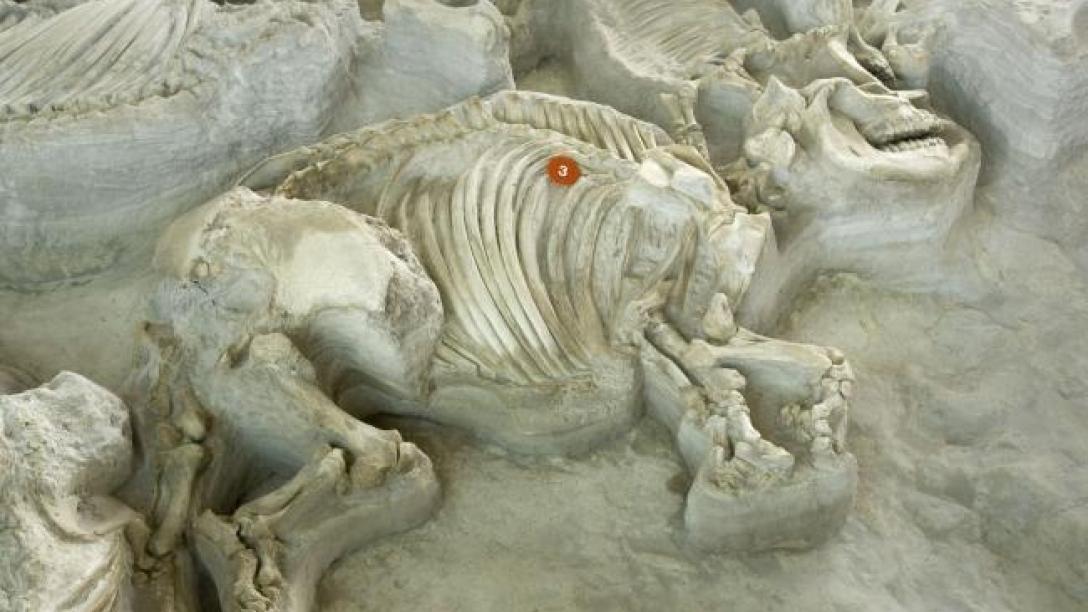
Voorhies was eager to conduct a full-scale excavation. But in order to obtain funding for it, he needed evidence the skull was not an isolated find. “You really have to have some idea of where the mother lode is,” he says.

When Voorhies returned with a group of students from the University of Nebraska six years later, that’s just what he found. In 1978 and 1979, a total of 200 skeletons were unearthed from what once had been a water hole. Volcanic ash, blown by heavy winds, drifted into the depression of the low-lying pool, creating the uncharacteristically deep layer of ash that had drawn Voorhies to the site in the first place.

Ashfall has been described as a prehistoric Pompeii. But while the population of the ancient Roman city died almost instantly from the suffocating hot ash and poisonous fumes spewed from Mount Vesuvius, the animals that once roamed Nebraska experienced a longer, more painful demise.
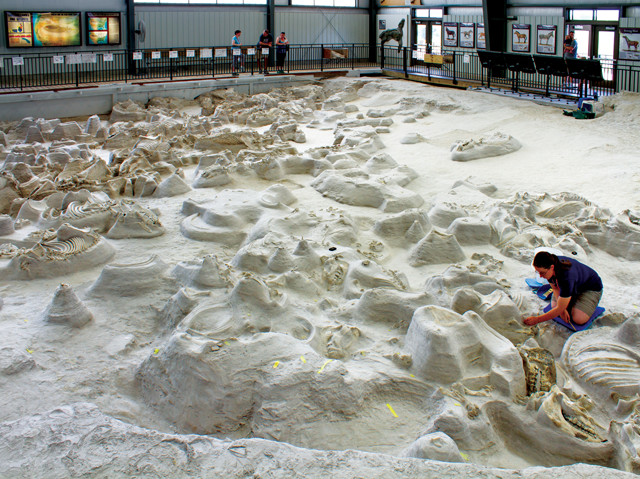
Twelve million years ago, a superheated plume of magma beneath the earth’s crust—known as a “hot spot”—erupted onto the surface of what is now Idaho, blanketing several hundred square miles in ash. (Such hot spots remain stationary, even as the continental plates move above them.
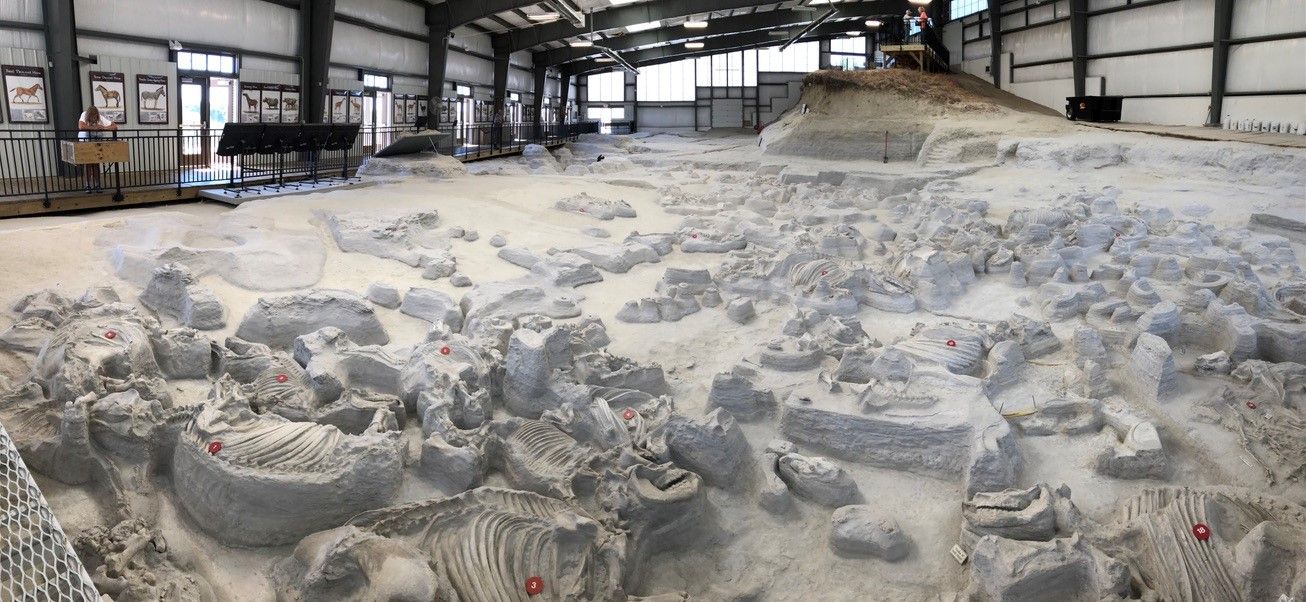
Today, the hot spot sits under Yellowstone Park, heating the water that produces geysers such as Old Faithful.) By the time the volcanic ash had traveled 1,000 miles from Idaho to Nebraska, it was neither hot nor poisonous—just an unimaginably fine dust. Unfortunately, says Voorhies, “That’s the stuff that’s dangerous to breathe.”
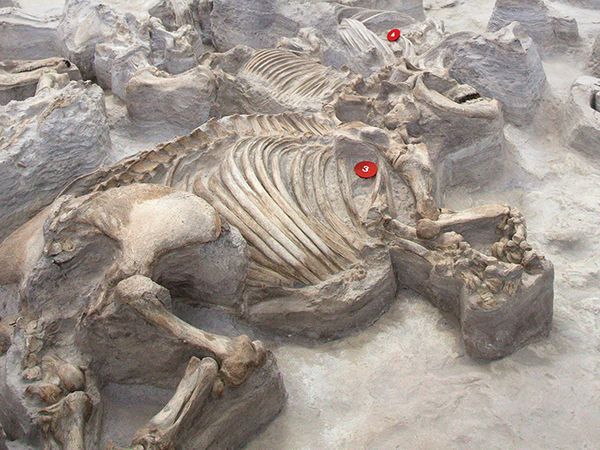
As the animals inhaled the abrasive dust, they experienced high fevers and swelling—symptoms of a condition called hypertrophic pulmonary osteodystrophy. Every single skeleton has the pathologic growths on its bones that modern animals exhibit if they die of lung failure caused by oxygen deprivation.
Voorhies speculates that Nebraska’s ancient animals came to the water hole, thirsty and looking to lie in the cool comfort of mud. The smallest critters, with the least amount of lung capacity, probably died in the first few days, while the largest took about a month to perish.

Thus, the bottom of the ashbed yields birds, pond turtles and musk deer. Above them are horses and camels, with rhinos and giant tortoises, the last to die, closest to the top. “It would be much easier to be buried alive than what these things went through,” Voorhies says.
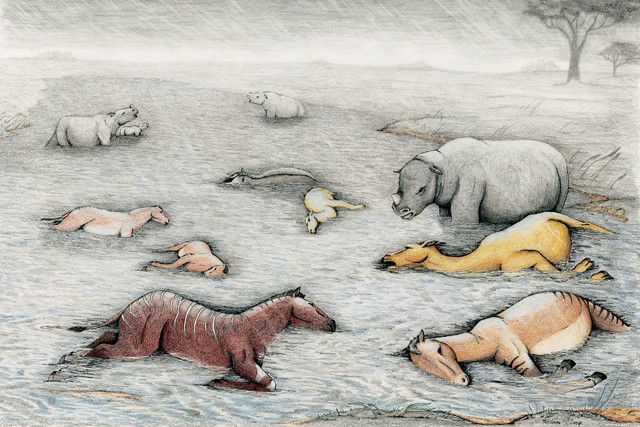
When the area was moist, horses had three toes—a central toe with two smaller toes on each side of it—to help with traction. Voorhies says that in evolutionary terms the ash fell at a propitious moment: “It turns out to have been exactly the time when species of horses were losing their side toes.”
